Artisan Spotlight: Teresa
When the Hiptipico team visits our partners in Santa Catarina Palopó, we go on moto, up the winding road through a mountain pass. The beautiful Maya village is spotted with historical buildings and alive with traditional culture--its traje tipico is one of the most distinct, with its striking blue tones and gorgeous velvet hair wrap!
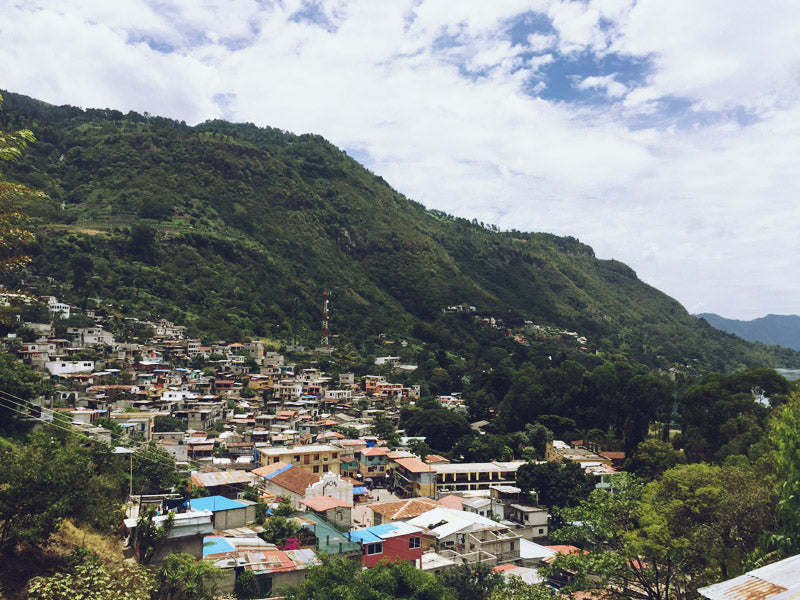
To get to our destination we climb down the steep terrain, past a few Kaqchiquel family dwellings and through a coffee plantation to reach the home of our artisan partner Teresa. Teresa lives with her husband, eight children, and her parents.
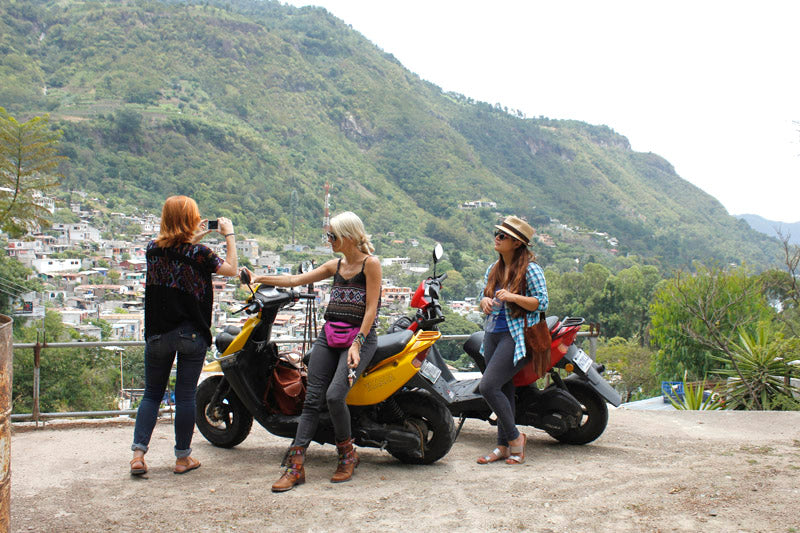
At home, they only speak their native tongue Kaqchiquel, only one of 21 Mayan dialects spoken in Guatemala. Teresa also speaks a little Spanish, as most local schools teach in Spanish as a complement to the Mayan dialect. Teresa’s entrepreneurial children even know a few phrases in English from interacting with tourists on the streets of Panajachel.
In fact, it was also on the streets of Panajachel that Teresa and her husband Andres first met and fell in love. Teresa came to Panajachel with her mother to sell their handwoven scarves and table runners because Panajachel is a popular tourist destination. Teresa and Andres would sneak away to see each other after work and soon became very close. When they were ready, he travelled by foot to meet her parents in Santa Catarina to ask for her hand in marriage. They were madly in love and were married only a few months after they met.
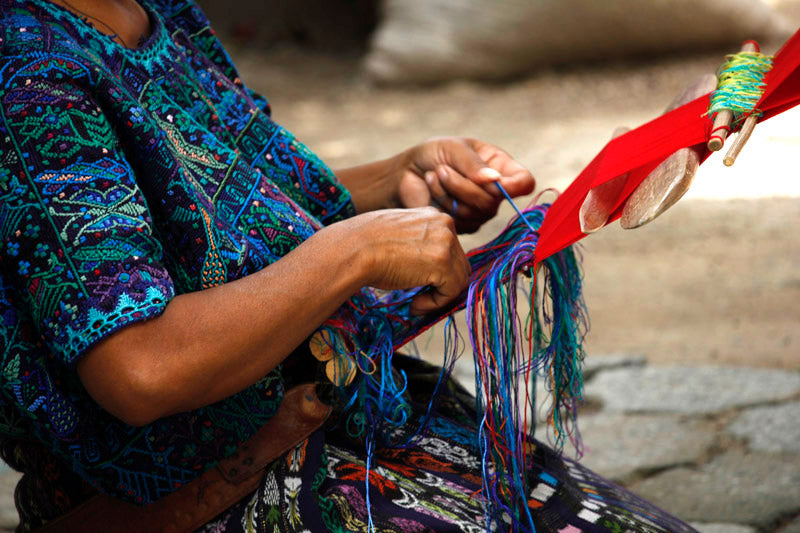
Andres is a barber by trade, a skill his father taught him when he was just a boy and now has been practicing for 17 years. For a while, they were able to support themselves with Andres’ small barbershop on the side of their house. Teresa was even able to stop selling in the streets. However, as soon as their family began to grow, it was clear that they needed to find another source of income.
Teresa, without hesitation, stepped up to the task. She, along with other indigenous women in Santa Catarina, started an artisan cooperative in order to find a steadier income source to support their families. Together they identified their strengths to make a plan.
In almost every Maya village of Guatemala, girls are taught traditional weaving from a very young age, both back-strap loom and hand embroidery. Because of this tradition, most can comfortably make their own clothes, scarves, blankets, and home goods.
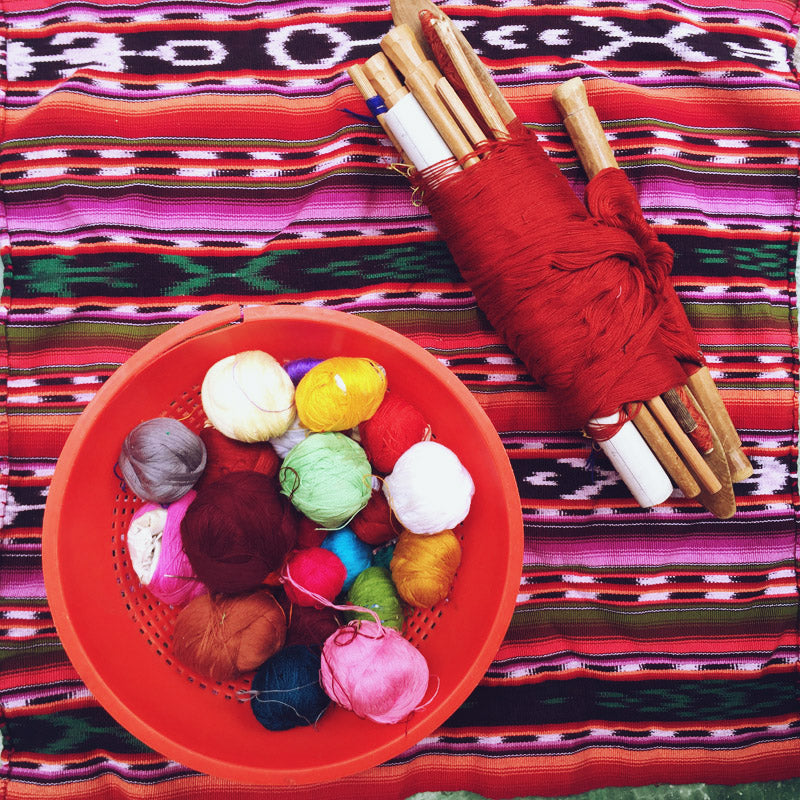
At first the women came up with the idea to sell woven headbands, bracelets, pens, scarves, textiles, and various other souvenirs, catering to tourists. They tried this out for a while, but soon realized that the market for these knick-knacks was unstable and oversaturated. From there, they realized they had to come up with something on their own; something unique so they could succeed.
As a child, Teresa's family did not have a lot of money, and could not afford to buy toys for her and her siblings to play with. Still, her father always gave them little cartoons and she would look at the designs and draw them herself. It was this that gave her the idea of creating, designing and selling greeting cards to tourists!
In the first attempt, the women copied simple designs on small pieces of card stock folded in half, and selling it just like that. They soon realized that the stationary needed to be more finished in order to sell to foreigners. A flawless product would allow them to reach that market of tourists looking for unique high-quality gifts to bring back from Guatemala.
From there, the women used a few contacts they made over the years to get a greeting card template professionally printed. This meant a pre-measured thick cardstock with a window for the woven design. With this template the women could focus solely on the weaving and not spend time on the daunting task of cutting and folding of cheap paper. Teresa and her women’s group designed one-of-a-kind designs to elaborate the cards. They even added their own logo stamp to the back!
Once they'd finalized the design, they took it to the streets of Pana to see how it'd go over with the tourist crowd. Their older children wanted to help out so they learned to sell, too. Salvador and Francisca, two of Teresa's children, are regularly selling cards in Pana so that their older sister can afford to stay in college. The tourist market is extremely difficult to predict. During high season, artisans have a steady source of income, but when the visitors leave, so does that security.
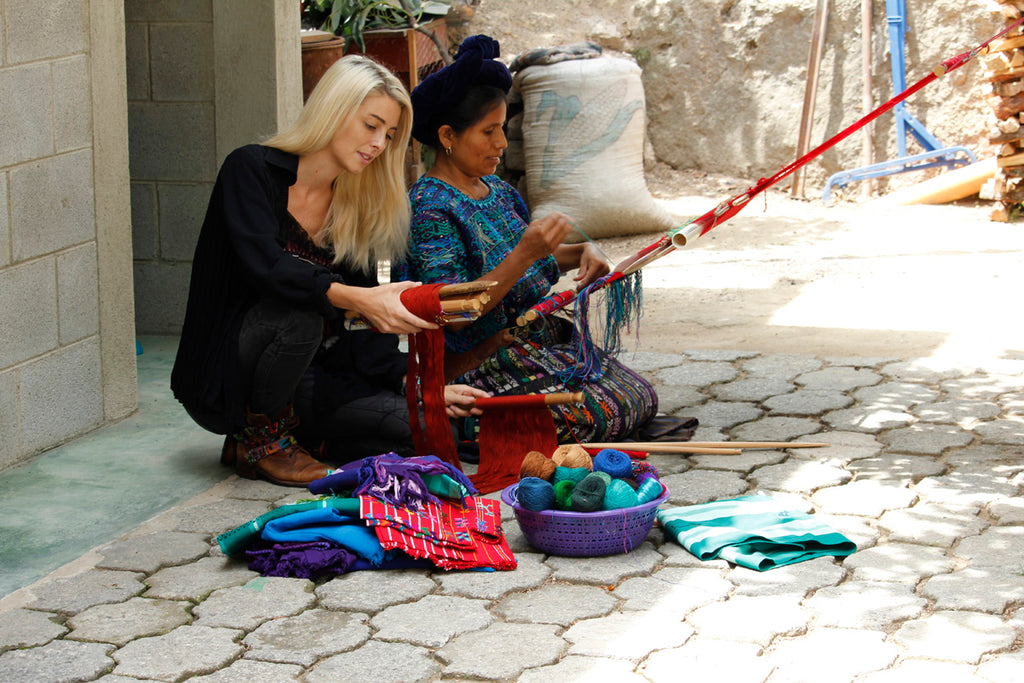
At Hiptipico we look for opportunities to support the innovative spirit and creativity of artisans like Teresa. Our goal is to help them find a larger, more stable market to sell their items. With website and wholesale orders, we can ensure a more sustainable income for Teresa and her family. Our hope is that children like Salvador and Francisca will be able to focus on their studies instead of having to sell on the streets to make ends meet.
When you shop Hiptipico, you are supporting the ingenuity and diligence we have come to admire of beautiful people like Teresa and her family.

Shop Teresa's beautiful products here!
--
≫ Follow along LIVE from Guatemala and browse more of our fair trade products on Instagram (@hiptipico).
♡ See our female founder's daily posts featuring other ethical fashion brands and collaborations (@alyssaya).
≫ Be sure to like Hiptipico on Facebook for global news, travel and women's empowerment.
← Older Post
Newer Post →





